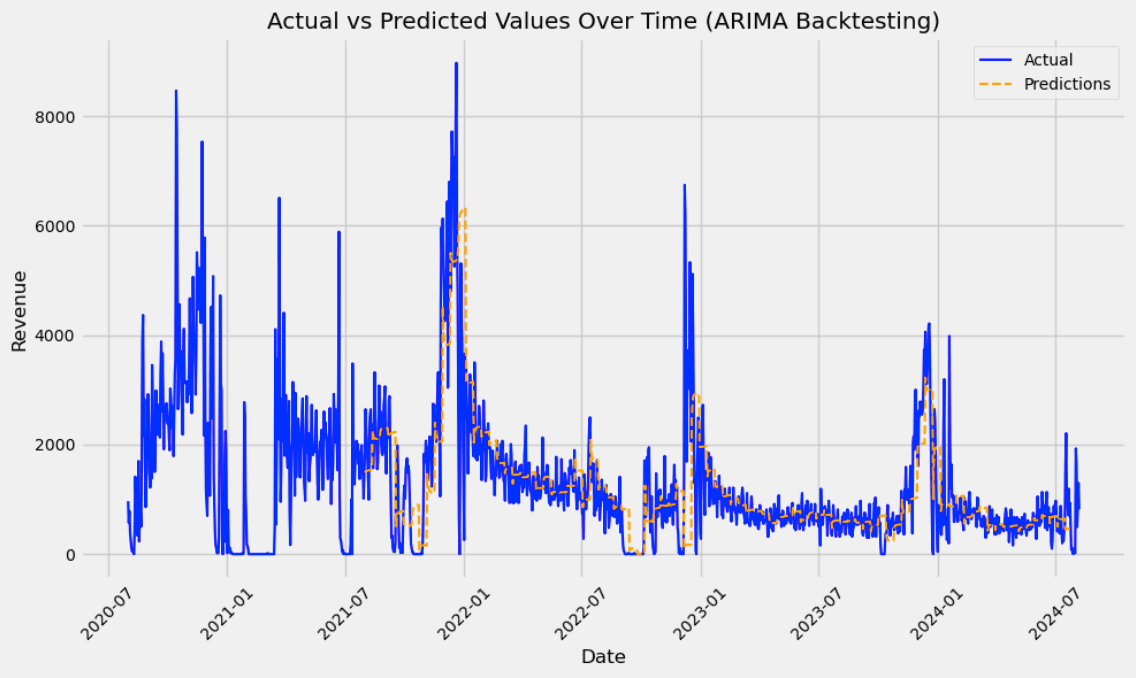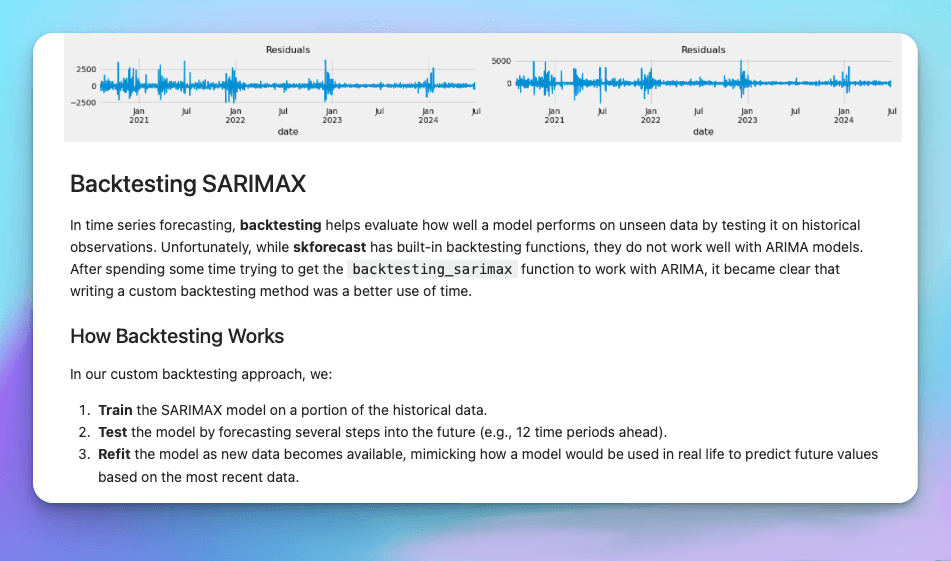Brian L.
Developing a Dynamic Pricing Model to Boost E-commerce Revenue
Maximum Labs partnered with an e-commerce retailer to develop a dynamic pricing model that optimizes revenue based on competitor pricing, inventory levels, and customer demand. Starting with a collection of raw SQL tables and Excel files, we conducted a comprehensive feasibility study and then built and validated a machine learning model that provided actionable pricing recommendations.

Use Case
Dynamic Pricing & Revenue Optimization
Industry
E-commerce & Retail
Team Size
1 consultant
Timeline
8 weeks
The Challenge
The client, an online retailer, was struggling with a static pricing strategy that left them vulnerable to competitor actions and unable to capitalize on shifts in customer demand. They had a wealth of data across various systems—including SQL databases and numerous Excel spreadsheets—but lacked the in-house expertise to determine if building a dynamic pricing model was feasible. They needed a partner who could first assess the quality and potential of their data and then, if viable, build a solution to automate and optimize their pricing.
Project Objectives
The project was split into two clear phases:
Feasibility Assessment: Conduct a thorough Exploratory Data Analysis (EDA) on the client's disparate data sources to determine if the data quality was sufficient to support a robust pricing model. Deliver a scope document outlining risks, opportunities, and a clear path forward.
Model Development: If deemed feasible, build, train, and validate a machine learning model that could ingest real-time data and generate optimal pricing recommendations to maximize revenue and margin.
Validation and Documentation: Clear and thorough documentation about how any models were trained, validation strategy, and how to communicate results to non-technical stakeholders.
Our Solution
Our engagement began with a Data Science Discovery Sprint. We connected directly to the client's SQL database and ingested their various Excel files, consolidating the data into a single analytical view. Our comprehensive EDA identified key data quality issues, missing fields, and the most predictive features for a pricing and demand model. We delivered a detailed report and a scope document that confirmed the project's feasibility and outlined the risks and value proposition, giving the client the confidence to proceed. We recommended what's called autoregression methods in addition to more cutting edge models such as Vector Autoregressive (VAR) Models and Facebook's Phrophet.

Since we know these models inside and out, we're an authority on best practices.
In the second phase, we built a series of pricing and demand modesl using Python, Scikit-learn, and Prophet complete with validation methodology with clear documentation. The models were designed to analyze several factors, including historical sales data, current inventory levels, and seasonal demand signals. We delivered the solution as a series of notebooks the client could easily reference for this analytic pipelines and dashboards. Since this client was a consultant providing analytic services to their client, we also coached them on how to talk about the results and certainty so they could integrate this solution with a high degree of confidence.
Ready to Build Your Next Success Story?
Let's discuss how our expert team can apply a tailored, results-driven approach to your unique challenges. Schedule a consultation to get started.